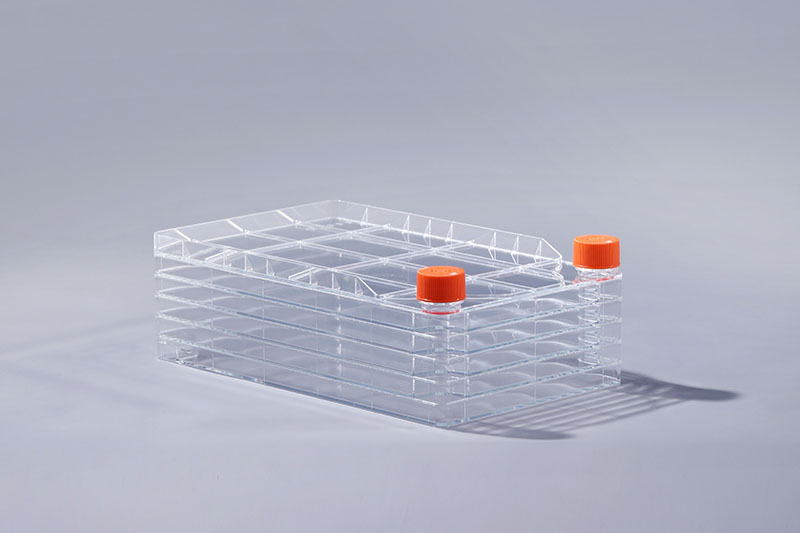최근 몇 년 동안 세포 배양 기술이 성숙하고 세포 공장 대규모 세포 배양에서 점점 더 많이 사용되고 있으며 그 중 동결 건조 약독화 A 형 간염 생백신은 응용 분야의 중요한 분야입니다.
A형 간염이라고 불리는 A형 간염은 A형 간염 바이러스(HAV)에 의해 유발되는 급성 전염병입니다. 임상 증상은 오한, 발열, 식욕 부진, 메스꺼움, 피로, 간비대 및 비정상적인 간 기능과 함께 급성 발병합니다. 어떤 경우에는 황달이 발생하고 무증상 감염이 더 흔하며 일반적으로 만성 및 병원체 운반이 되지 않습니다. A형 간염 백신은 A형 간염을 예방하기 위해 사용되는 백신입니다. 이것은 중국에서 어린이를 위한 주요 백신 중 하나가 되었습니다. 2008년 5월에 확장된 예방 접종 백신 중 하나에 포함되었습니다. 일부 성, 시에서는 무료로 A형 간염 예방 접종을 제공했습니다.
시중에 나와 있는 A형 간염 백신은 주로 불활성화 A형 간염 백신과 약독화 생백신을 포함하며 그 중 동결 건조된 약독화 생백신은 세포 공장에서 사용됩니다. 동결 건조된 약독화 A형 간염 생백신 원액의 생산에는 항상 병목 현상이 있었습니다. 세포 공장을 사용하여 인간 배아 폐 이배체 세포를 배양하여 동결 건조된 약독화 A형 간염 생백신을 준비하면 배양 공간을 절약하고 오염 위험을 줄일 수 있습니다. , 작업을 단축합니다. 시간 및 기타 이점의 이점으로 인해 다층 구조의 디자인은 A 형 간염 백신의 생산을 크게 향상시킬 수 있으며 점차적으로 롤러 병을 대체하여 대규모 생산을위한 차세대 세포 배양 기술이되었습니다. 백신.
또한 세포 공장은 자동화 장비와 결합하여 표준화된 작업에서 비교적 작은 차이로 지능형 생산을 달성할 수 있으며 JE, 수두, 홍역과 같은 백신 생산에도 사용할 수 있습니다.
The FAI climbed 5.9 percent year-on-year in the first 11 months of 2018, quickening from the 5.7-percent growth in Jan-Oct, the National Bureau of Statistics (NBS) said Friday in an online statement.
The key indicator of investment, dubbed a major growth driver, hit the bottom in August and has since started to rebound steadily.
In the face of emerging economic challenges home and abroad, China has stepped up efforts to stabilize investment, in particular rolling out measures to motivate private investors and channel funds into infrastructure.
Friday's data showed private investment, accounting for more than 60 percent of the total FAI, expanded by a brisk 8.7 percent.
NBS spokesperson Mao Shengyong said funds into weak economic links registered rapid increases as investment in environmental protection and agriculture jumped 42 percent and 12.5 percent respectively, much faster than the average.
In breakdown, investment in high-tech and equipment manufacturing remained vigorous with 16.1-percent and 11.6-percent increases respectively in the first 11 months. Infrastructure investment gained 3.7 percent, staying flat. Investment in property development rose 9.7 percent, also unchanged.
 English
English



















































